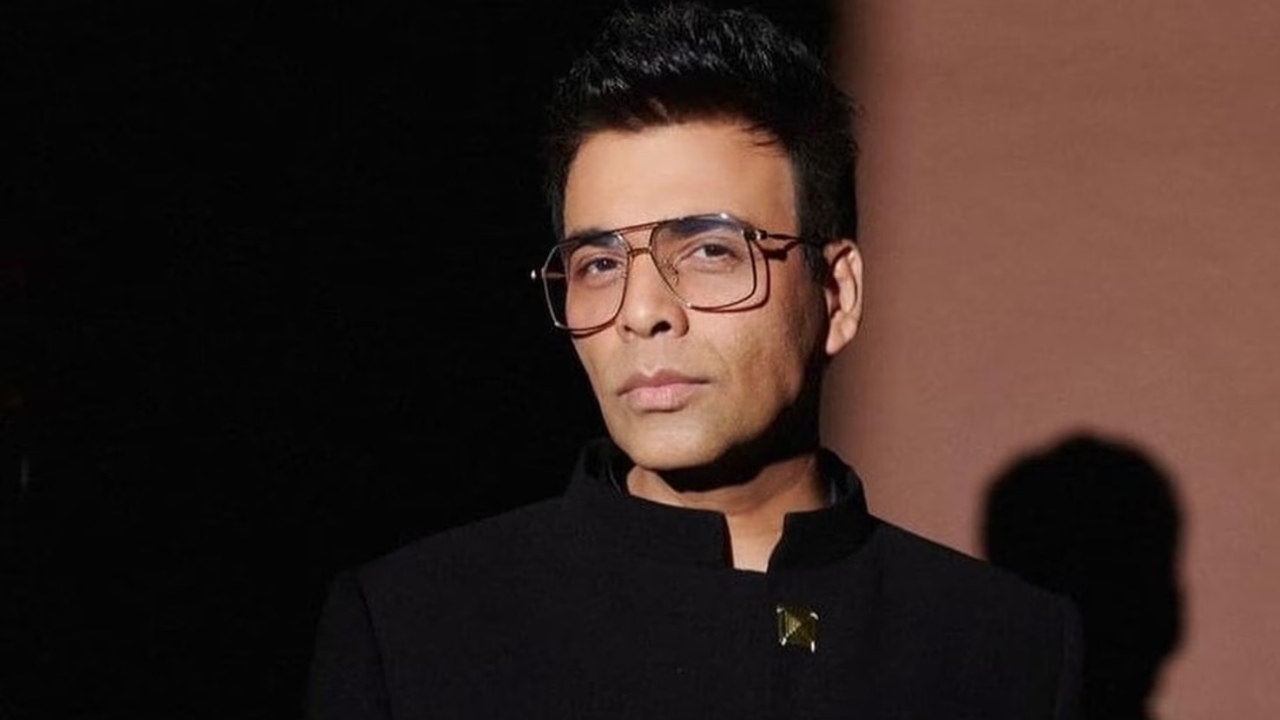It takes a certain level of industry weathering to speak plainly, and Karan Johar, ever the torchbearer of glossy Bollywood narratives, has finally peeled back the veneer. In a recent conversation, the filmmaker didn’t come armed with film-school jargon or diplomatic optimism. Instead, he called it for what it is: Bollywood, at this moment, is grappling with a full-blown identity crisis. And its root cause? A generation of directors with no idea what mainstream cinema is supposed to feel like.
Johar wasn’t throwing darts in the dark. He pinpointed a crisis of creative instinct, a vacuum where conviction once lived. Directors today, he argues, are chasing someone else’s cinema. In particular, the South Indian model: hyper-masculine heroes, high-decibel storytelling, operatic action. The kind of cinema that walks into a room without asking for permission. And Bollywood, in its attempt to mirror that, looks like a guest at a party it doesn’t belong to.
His critique isn’t cynical. It’s sobering. The filmmakers trying to replicate this brand of cinema aren’t imposters, they’re misfits in the wrong genre. Raised on a diet of soft-focus romance, globe-trotting melodramas, and the golden era of Shah Rukh Khan, they simply don’t have the cultural or creative muscle memory for front-footed mass cinema. You can’t perform what you’ve never instinctively known.
And when they try, Johar says, they “go flat on their face.” Not because they aren’t talented, but because they’re out of tune with the texture, rhythm, and rawness that the mass audience responds to. It’s not about scale. It’s about tone, conviction, and instinct. And those can’t be downloaded.
Johar’s larger point is a quietly radical one: stop chasing someone else’s formula. Bollywood has its own emotional grammar, and when it remembers how to use it, the results can still move the needle. Case in point, Saiyaara. Directed by Mohit Suri, the film didn’t scream for attention, but it struck a chord. Enough to earn nods from South Indian filmmakers themselves, which, as Johar rightly points out, has become a rarity in the current power dynamic.
The takeaway isn’t complicated. Hindi cinema doesn’t need to shout more vociferously, swing more amply, or bulk up its heroes to stay pertinent. It needs to look inward, not outward. Bollywood’s solidity was never just splendour. It was acuity swathed in scale. Drama built on desire. Emotion that didn’t apologise for itself.
And maybe that’s the kind of mass cinema the audience is still waiting for.

